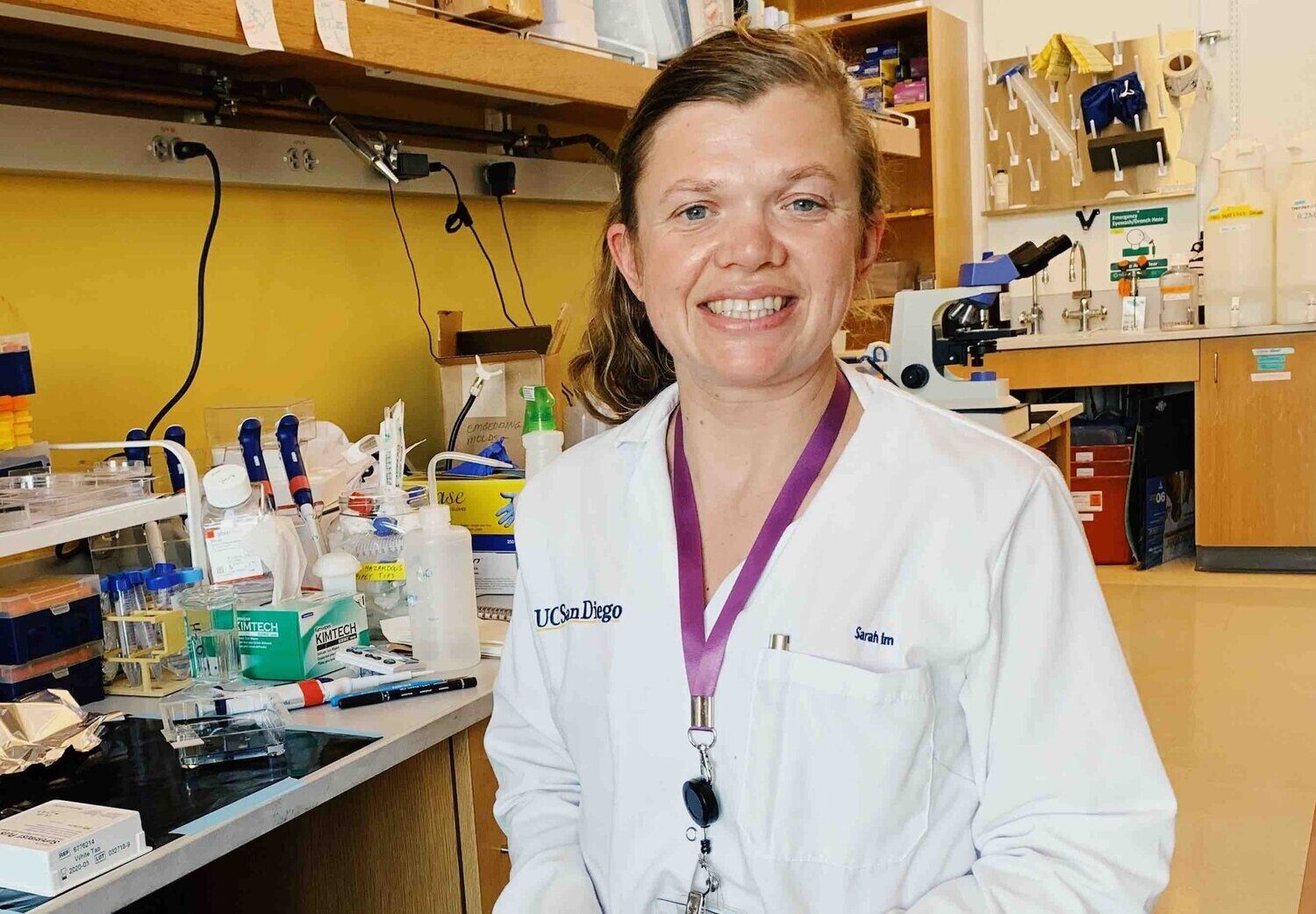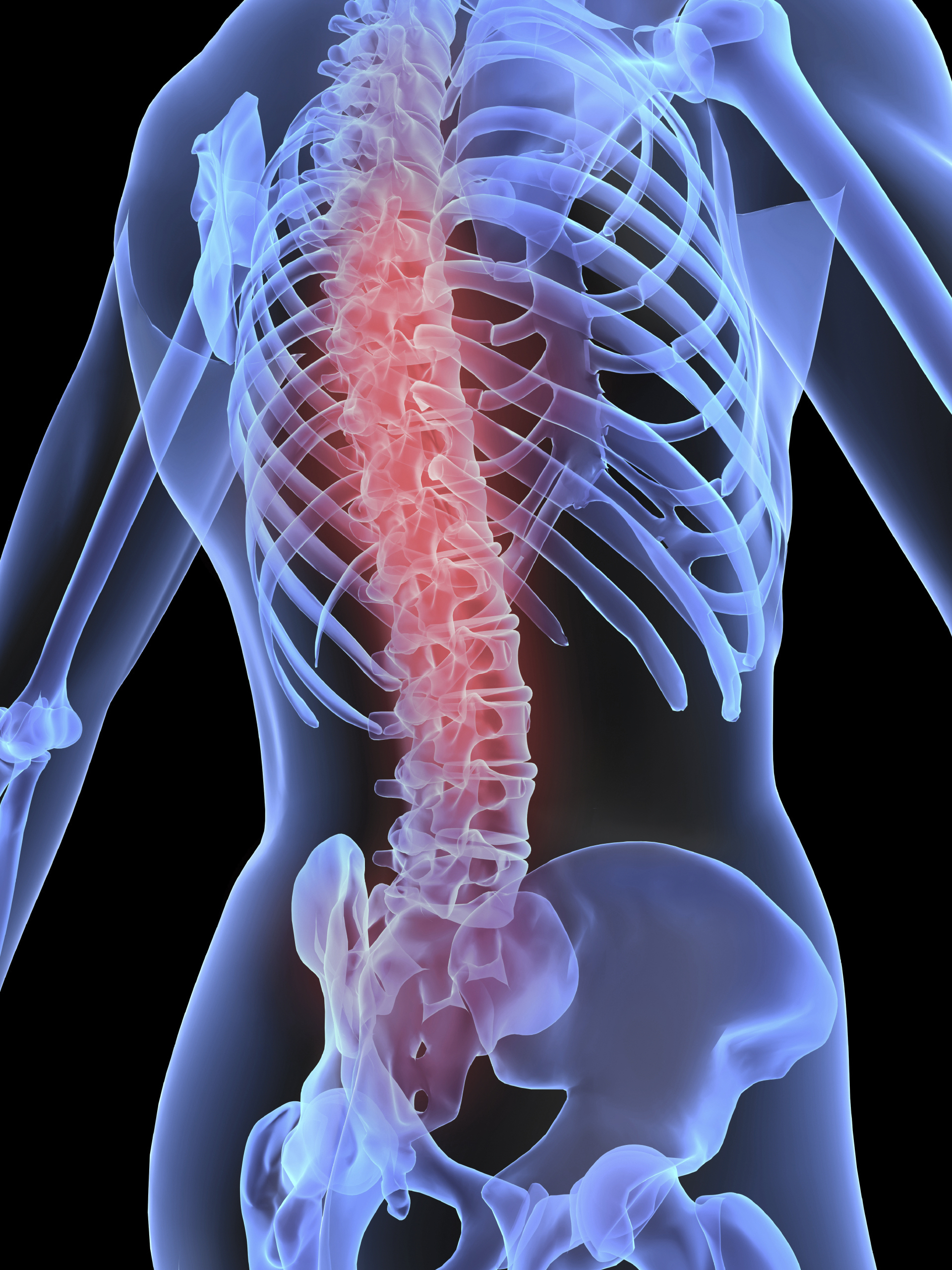What you need to know
- Research shows that autonomic recovery (i.e. bladder, bowel and sexual function) is a priority for people living with spinal cord injury (SCI). However there is still a major lack of research dedicated to improving this for people living with spinal cord injury (SCI).
- This clinical study examines the effects of “transcutaneous” (over the skin) electrical stimulation of the spinal cord (TCSCS) on promoting recovery of bladder, bowel and sexual functions in individuals with SCI.
- This non-invasive therapeutic method involves the application of electrodes over the skin, and is based on ground-breaking work which has shown that spinal cord stimulation can promote functional recovery in individuals with chronic (long-term) SCI.
In a nutshell
- Establish stimulation parameters (i.e., electrode positioning/stimulation intensity) necessary for TCSCS to activate the bladder, bowel and skeletal muscles responsible for successfully passing urine & faeces.
- Monitor the long-term (6 weeks) beneficial effects of TCSCS on bladder, bowel, and sexual functions.
To assess the potential for TCSCS to offer a simple, cost-effective solution to treat autonomic dysfunctions (i.e., urine and faecal incontinence, erectile and vaginal lubrication difficulties etc.) that would significantly improve overall health-related quality of life for individuals with SCI.
How this supports our goal to cure paralysis.
Restoration of bowel, bladder and sexual function are rated among the highest priorities for recovery in individuals with SCI. Not only do these conditions individually impact the health-related quality of life, but they also have life-threatening complications. For example, stimuli from bladder (during care, catheterization, or evaluation) are the most frequent triggers of severe episodes of hypertensive crisis known as autonomic dysreflexia.
Despite this, the vast majority of research is focused on overt disabilities following SCI (e.g., motor paralysis), whereas more devastating ‘invisible’ disabilities, like pelvic organ dysfunctions, are unfortunately understudied.
Transcutaneous spinal cord stimulation could offer a simpler and cost-effective solution that utilizes readily available, inexpensive, conventional electrodes with an established safety profile. Findings from this study may ultimately lead to the development and commercialization of new treatments strategies resulting in a reduced burden of care and improved quality of life for people with chronic SCI.



